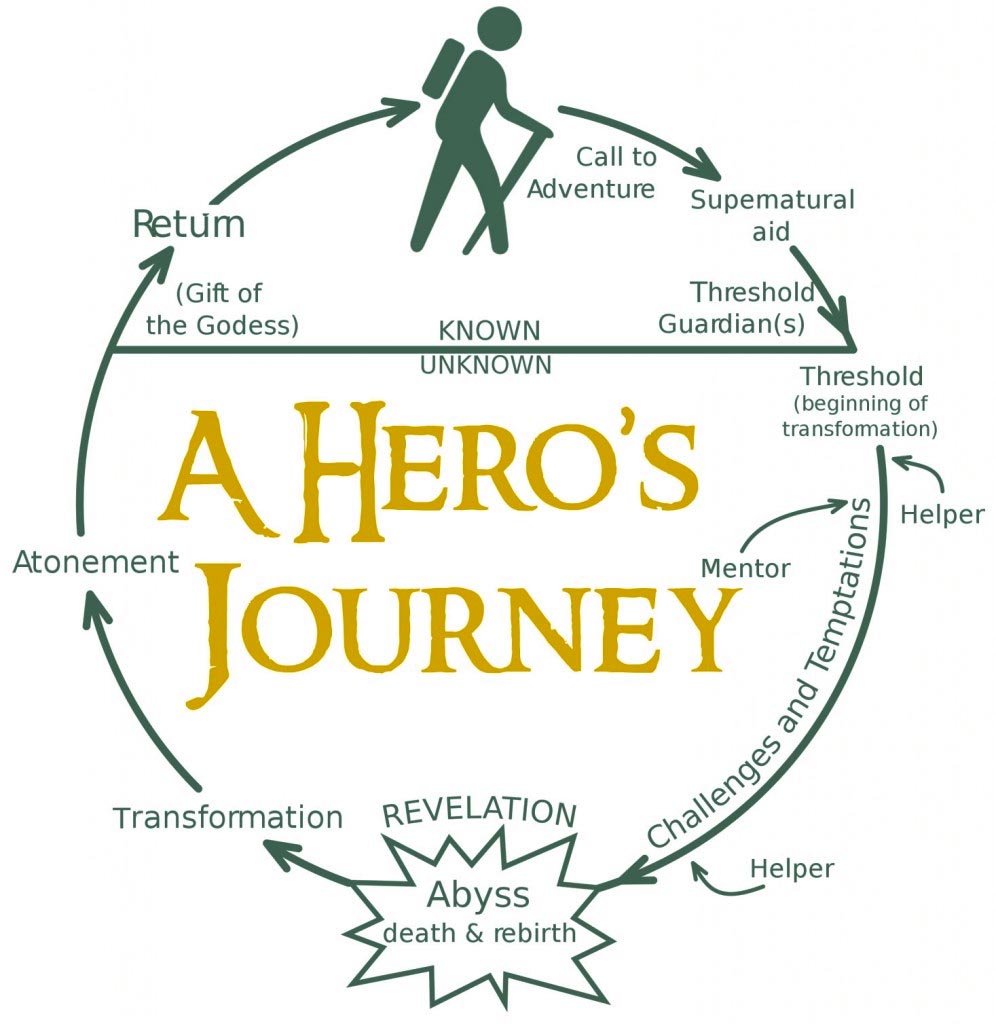Lecture for The Fault in Our Stars

Author: John Green
Published: 2012
Genre: YA Fiction
Reading/ Grade Level: 14yr +/ Grades 9-12
Pages: 313
Awards: Goodreads Choice Awards Best YA Fiction

A little bio blurb about John Green from Scholastic:
John Green attended a boarding school not unlike Alaska's Culver Creek. After graduating from college in 2000, he worked as a chaplain at a children's hospital. John's experiences with patients and their families during intense crises solidified his desire to write for teens about the challenge of confronting loss.
John worked for Booklist, a journal of book reviews and was also a commentator for National Public Radios national afternoon newsmagazine, All Things Considered, and Chicago's NPR affiliate, WBEZ.
For more about John Green check out these links! Take a quick look!
https://www.theguardian.com/books/2015/aug/16/john-green-paper-towns-interview
Notes:
While reading The Fault in our Stars, some readers say that since the characters seem to be white and once attended a stereotypical high school and seem middle class, this book does not reflect diversity. It's important to remember though that whiteness is a part of diversity. The following passage from a book titled White Privilege helps to explain why some people tend to think that whiteness is "standard" or assumed and anything other than white makes up "diversity," and needs to be pointed out.
"The sense of whites as non-raced is most evident in the absence of reference to whiteness in the habitual speech and writing of white people in the West. We (whites) will speak of, say, the blackness or Chineseness of friends, neighbors, colleagues, customers, or clients, and it may be in the most genuinely friendly and accepting manner, but we don't mention the whiteness of the white people we know. An old-style white comedian will often start a joke: 'There's this bloke walking down the street and he meets this black geezer,' never thinking to race the bloke as well as the geezer. Synopses in listings of films on TV, where wordage is tight, non the less squander words with things like: 'Comedy in which a cop and his black sidekick investigate a robbery', 'Skinhead Johnny and his Asian lover Oman set up a launderette', 'Feature film from a promising Native American director' and so on. White people in the West do this all the time..."
Source:
Dyer, Richard. "The Matter of Whiteness.” White Privilege. Ed. by Paula S.Rothenberg. Boston: Worth. 2005.
............................................................................................................................................................................................................................................
CULTURE OF DEATH/DYING/ILLNESS:
Author John Green Green once served as a chaplain in a children's hospital, working with young cancer patients, and he wanted to write a book that would give an honest depiction of cancer and death. There is a definite culture of "illness" and "death" and how we think of these things -- often sentimentalizing death and dying and paying tribute to a victim's "beautiful soul," depending on our own personal cultural spheres of influence, and Green wanted to try and debunk those a bit. Here is a quote from Green:
"I am really bothered by the idea that people in pain who are being wrenched from existence should be perpetually cheerful and compassionate about it. More generally, I wrote this book partly because I was tired of reading stories in which dying or chronically sick people served no purpose in the world except to teach the rest of us to be Grateful For Every Moment or whatever. Making the lives of the dying about the betterment of the social order for the well really offends me, because it implies that the dying are already dead, and that their lives have less intrinsic meaning than other lives. I wanted to try to reflect dying as honestly as I could, and part of that is frustration and anger and shortness and fear. Gus is supposed to seem less charismatic and less heroic (at least by standard definitions of heroism) as he gets weaker, but he is more human, and the love they share is more human and more sustainable than the performed, monologue-laden love they both initially think of as perfect. We have this cultural idea--some of this is due to certain interpretations of Christianity that have held sway over our culture--that humans are made more heroic and more perfect through dying and death, that dying elevates us to perfection. Romantic epics tend to further that idea, but I didn't want to: I wanted to show that people in dying often become weaker and more human, but that this humanness is what is actually heroic, not grand gestures of sacrificial suffering. In my opinion, actual heroism, like actual love, is a messy, painful, vulnerable business--and I wanted to try to reflect that.”
Hero's Journey:
Related to this, in an interview, Green referred to the "hero's journey within illness"--that "in spite of it, you pull yourself up and continue to be alive while you're alive." In what way does Green's comment apply to his book--about two young people who are dying? Is theirs a hero's journey? Is the "pull yourself up" phrase an unseemly statement by someone, like the author or any reader, who is not facing a terminal disease?
The Hero's Journey is a classic literary model, which many texts follow. See this link-- http://www.tlu.ee/~rajaleid/montaazh/Hero's%20Journey%20Arch.pdf
HINT: This is an important document to read and consider for next week!!

